Pre-Settlement Forest Descriptions?
greenthumbzdude
11 years ago
Related Stories

ARCHITECTURERoots of Style: Queen Anne Homes Present Regal Details
Complex facades with bay windows, multiple shingle patterns and even towers make these Victorian-era homes a sight to behold
Full Story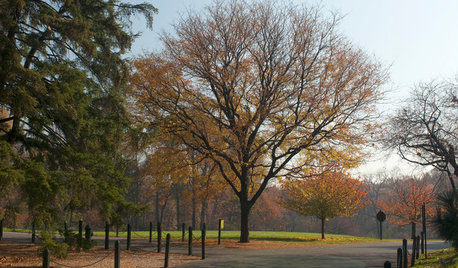
LIFEHow to Decide on a New Town
These considerations will help you evaluate a region and a neighborhood, so you can make the right move
Full Story
MOST POPULARWhat to Do After a Hurricane or Flood
How you treat your home after a natural disaster can make all the difference in its future livability — and your own personal safety
Full Story
GARDENING FOR BUTTERFLIES3 Ways Native Plants Make Gardening So Much Better
You probably know about the lower maintenance. But native plants' other benefits go far beyond a little less watering and weeding
Full Story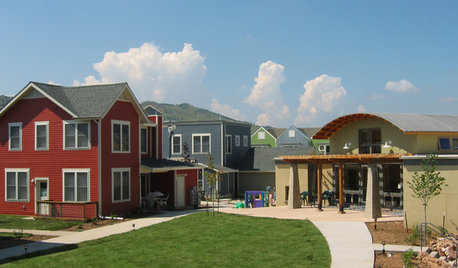
COMMUNITYTogetherness Take 2: Is a Cohousing Community for You?
Missing that sense of connection? Consider the new breed of neighborhood with a communal bent
Full Story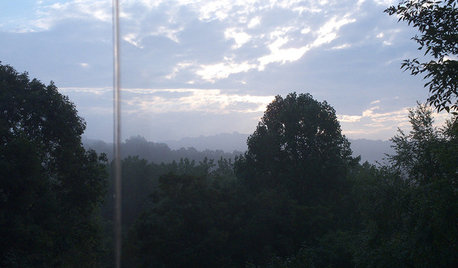
ARCHITECTURE4 Things a Hurricane Teaches You About Good Design
When the power goes out, a home's design can be as important as packaged food and a hand-crank radio. See how from a firsthand account
Full Story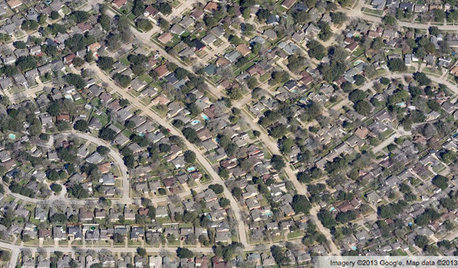
COMMUNITYGet a Bird's-Eye View of America's Housing Patterns
See the big picture of how suburban developments are changing the country's landscape, with aerial photos and ideas for the future
Full Story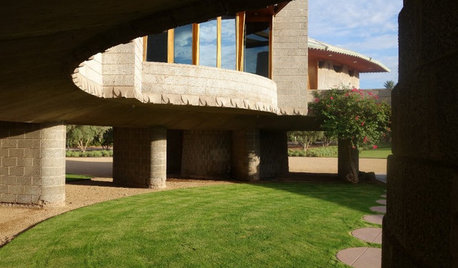
FRANK LLOYD WRIGHTStep Inside a Frank Lloyd Wright House Saved From Demolition
The historic Phoenix property is now part of the architect’s school at Taliesin, where it will be used as a design lab
Full Story
MOST POPULAR10 Things to Ask Your Contractor Before You Start Your Project
Ask these questions before signing with a contractor for better communication and fewer surprises along the way
Full Story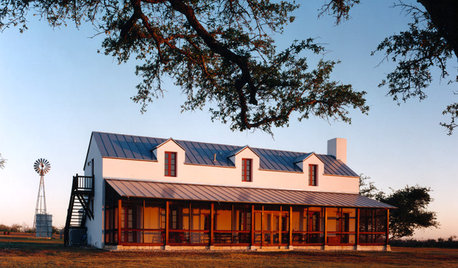
FARMHOUSESHouzz Tour: German Tradition Deep in the Heart of Texas
Rooted in architecture from the 1800s, this award-winning home mixes history with the vernacular of today
Full Story





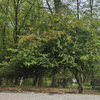
Smivies (Ontario - 5b)
Embothrium
Related Discussions
Variegated Jade Forest (pics)
Q
have: some details for southern mn swap
Q
Which volunteers to keep?
Q
unexpected cooking in a strange kitchen!
Q
Toronado3800 Zone 6 St Louis
sam_md
greenthumbzdudeOriginal Author
wisconsitom
canadianplant
bengz6westmd
barnhardt9999
bengz6westmd
wisconsitom
krnuttle
Dzitmoidonc
alabamatreehugger 8b SW Alabama
greenthumbzdudeOriginal Author
wisconsitom
jimbobfeeny
krnuttle
wisconsitom
greenthumbzdudeOriginal Author
nandina
winged_mammal
pineresin
poaky1
canadianplant
wisconsitom
pineresin
krnuttle
wisconsitom
jinxz5
alabamatreehugger 8b SW Alabama
j0nd03
kenptn
greenthumbzdudeOriginal Author
Dzitmoidonc
wisconsitom
greenthumbzdudeOriginal Author